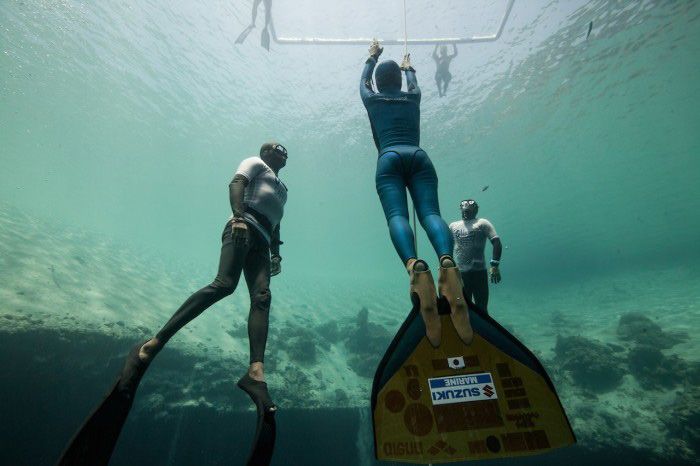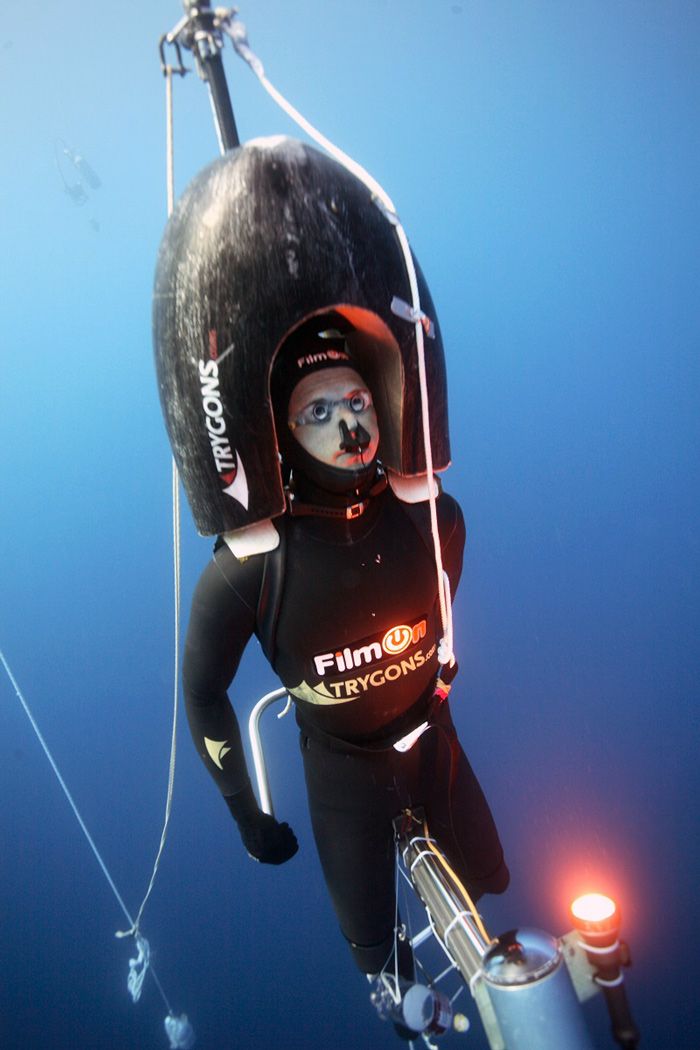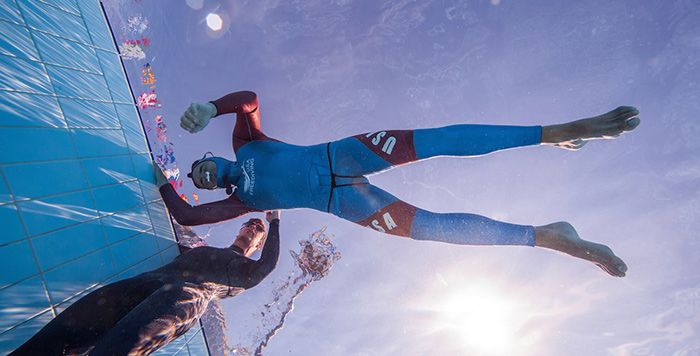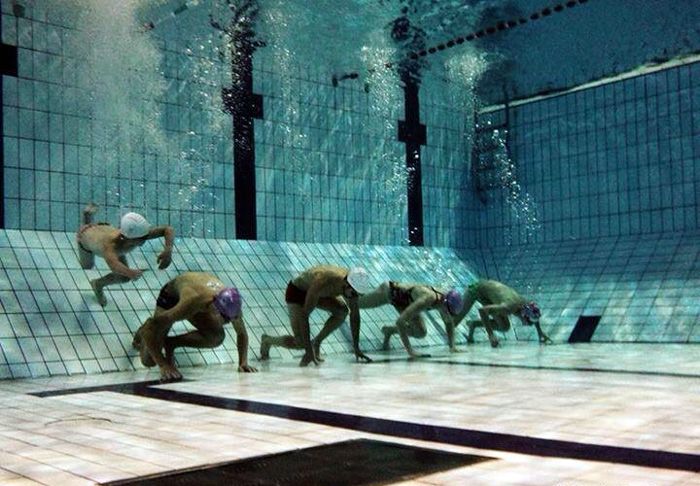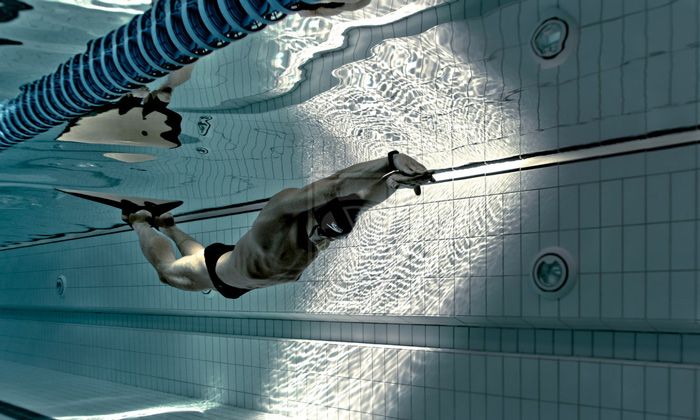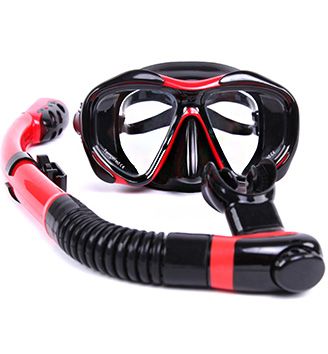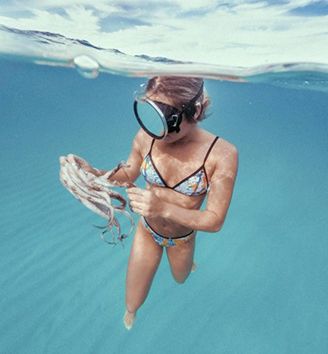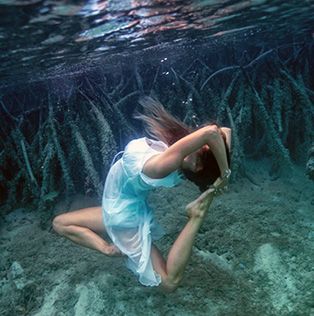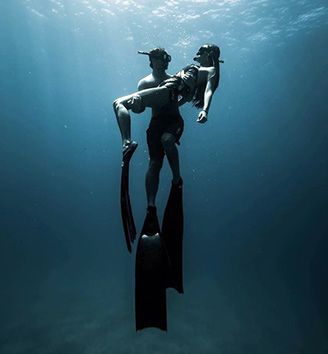 Freediving
Freediving
Freediving is underwater diving on breath-hold. Today, most people associate freediving with superhumans diving into the deepest, darkest parts of the ocean on one breath, mastering their body and mind so skillfully that they resurface after several minutes safe and sound (possibly with a basket of pearls or treasures from sunken ships). However, every time you dive into the water and hold your breath, you are already a freediver. But what is freediving really?
Diving without a scuba tank is called freediving, skin diving, or snorkeling. These techniques may involve using a mask, snorkel, and fins, but freediving always involves holding your breath. Historically, holding one’s breath underwater was practiced for survival—catching oysters, collecting pearls… Over time, freediving has become a recreational activity and sport.
With the evolution of freediving competitions, techniques and methods have been developed to extend the duration of breath-holding. Not long ago, apnea records were marked differently for saltwater and freshwater; now, many of the rules have changed. Freediving as a sport is becoming an increasingly serious discipline.
Types of Freediving
Let’s take a closer look at the modern techniques of freediving.
“Open Water” Freediving Disciplines
Constant Weight Freediving (CWT)
This technique allows diving with or without fins. It is considered the purest form of competitive freediving: the diver descends and ascends using only their body weight and muscle strength, while their weight remains unchanged throughout the dive.
Constant weight with fins, along with static apnea, were among the first competitive disciplines before dynamic apnea with fins. In the first international competitions, most participants used bi-fins, with only a few opting for monofins. Nowadays, the advantages of monofins are widely recognized, and all deep-water freedivers use them.
In recent years, constant weight without fins (CNF) has gained popularity. It now has its own category in competitions, though deep-water diving without equipment was banned 20–30 years ago and considered highly dangerous. Constant weight freediving without fins can be particularly challenging due to overcoming positive buoyancy at the surface and negative buoyancy upon ascent.
Free Immersion (FIM)
In this discipline, fins are not used, and the diver relies on a guide rope to descend and ascend. This technique is often used as a warm-up for CNF, allowing divers to save energy and equalize their inner ear pressure .
Free immersion is commonly used in beginner freediving courses, as it helps teach novices ear equalization skills. Beginners who are unfamiliar with pressure changes may initially descend “feet first,” and in this case, using a guide rope is essential. A variety of freediving training programs are detailed in this article .
Variable Weight Freediving (VWT)
In this discipline, an additional weight is used to aid descent, while the diver returns to the surface on their own using fins and the guide rope. This is not a competitive freediving discipline, although world records are recorded for it.
“No Limits” Freediving (NLT)
“No Limits” freediving garners the most breaking news and is the most dangerous variation. It involves the use of weights and various buoyancy compensators to help lift the diver to the surface. Not every freediver practices “No Limits,” but this method was used by apnea pioneers Jacques Mayol and Enzo Maiorca.
In the 1960s, special tanks that lifted divers to the surface became available. However, as dives grew deeper, this method became less reliable. Hoses supplying air to the tanks often failed, while the risk of nitrogen narcosis raised doubts about the diver’s ability to perform the actions required to fill the tanks with air and ascend successfully. Today, the most extreme freedivers use specialized buoyancy compensators, whose operation does not depend on air or the diver—everything happens automatically.
Pool Freediving
Static Apnea (STA)
Static apnea is one of the most psychologically challenging disciplines in freediving. The essence lies in holding your breath for as long as possible while lying on the surface of the water in a pool—nothing should distract the diver, though it is very easy to give up quickly despite being mere millimeters away from the surface.
Static apnea, along with constant weight with fins, is one of the main competitive disciplines. Breath-hold training can be practiced year-round in a pool. These exercises develop self-confidence and mental resilience.
Dynamic Apnea (DYN and DNF)
Dynamic apnea can be practiced with or without fins. This discipline is often performed in a pool and involves covering the maximum horizontal distance while holding one’s breath. It is often included in team competition programs, typically with the use of fins.
Some divers struggle with equalizing inner ear pressure, and dynamic apnea allows them to maintain their form without needing to perform deep dives.
Records are set in each freediving discipline, but freediving is, above all, about enjoyment and the pleasure of observing the underwater world. Freedivers have the opportunity to connect more deeply with nature without being burdened by additional equipment. You can practice any type of free immersion and reap the many benefits of this sport. However, it is essential to start exploring this unfamiliar environment with a good instructor by your side, someone who can help you understand the equipment and who will literally guide you step by step during your initial dives. Some first steps are described in the article Freediving: How to Start?
To conclude, here is my personal definition: freediving is a unique type of extreme sport that requires control and suppression of adrenaline. Enjoy it!
